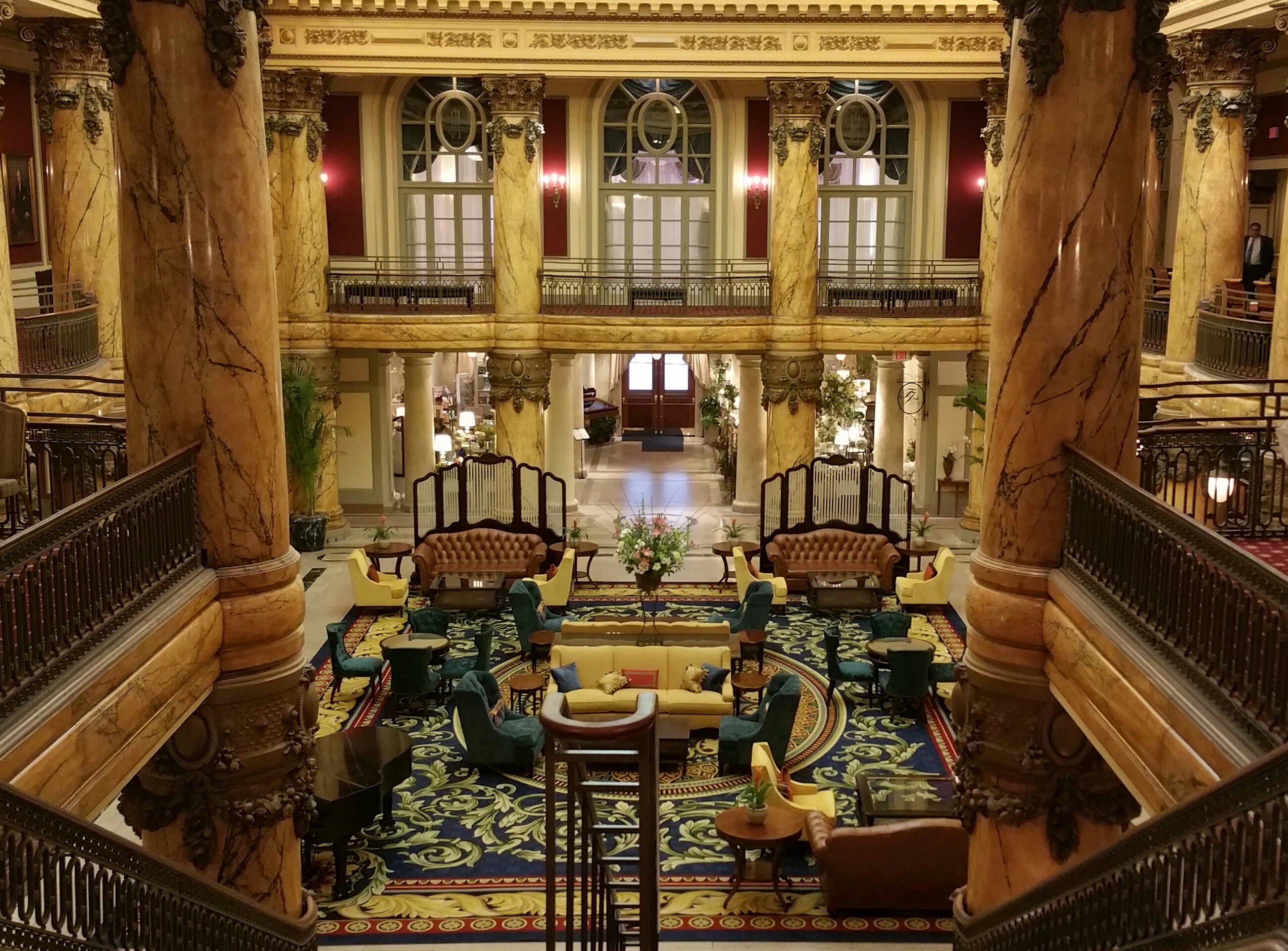
The Jefferson Hotel- Richmond, VA
The Jefferson Hotel is resplendent. It is also opulent. It’s gilded nature might have raised the ire of Mark Twain, but it sent my heart soaring. It is an elegant, inspired hotel, which has been nicely updated without losing any original character. The holy grail in the historic hotel game, and this property nailed it.
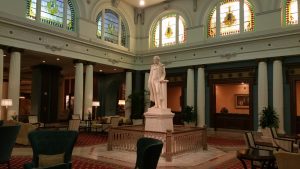
Completed in 1895 after three years of construction, The Jefferson was the brainchild of Lewis Ginter, a wealthy Richmond businessman. Born in 1824 in New York to immigrant parents, he was orphaned at a young age. At eighteen he relocated to Richmond and started his first merchandising business, marketing wholesale linens imported from Europe. He amassed a vast fortune, then lost it all during the Civil War.
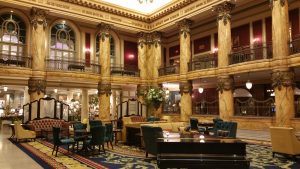
In 1861 Ginter joined the Confederate army, rising to the rank of General before the war was over. He served to the end, and was present at Lee’s surrender at Appomattox Court House. Returning to Richmond, he found the city in total disarray; he decided to return to New York and pursue a career in banking. Once again, he amassed a great fortune, only to lose it the Panic of 1873. Broke once again, he returned to Richmond.
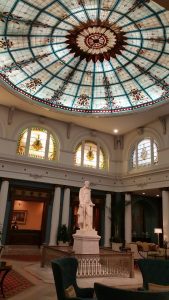
Upon his return, Ginter reinvented himself as a tobacco merchant. In 1875 he started producing Virginia made pre-rolled cigarettes, which proved wildly popular. By 1888 the company employed over 1000 workers, with offices around the globe, and Ginter was once again a wildly wealthy man. The wealthiest in Richmond in fact. This left him a lot of money to indulge in his other interests, which included art and architecture. His first project would be the construction of the grandest hotel in Richmond, if not the South.
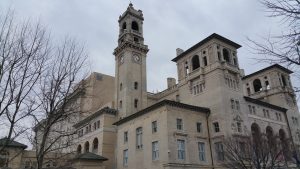
Started in 1892, an estimated $10 million was spent on planning, building and furnishing the hotel. Construction costs alone topped $2 million. Literally no expense was spared. He commissioned the renowned New York architectural firm of Carrere and Hastings to design the hotel; for the upper lobby, he paid sculptor Edward Valentine $12,000 to create a life sized statue of Thomas Jefferson from Carrara marble. He filled his hotel with antiques, and imported palm trees from South America. Amenities included a billiard room, a library, Turkish and Roman baths, a restaurant, and every conceivable modern convenience, including electric lights, elevators, and hot and cold running water in the rooms. Fancy indeed.
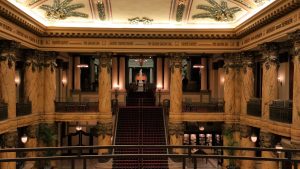
On October 31, 1895 the 308 room Beaux Arts masterpiece opened its doors, and was proclaimed the finest hotel in the country. The opulent hotel proved very popular, and hosted all manner of social events for Richmond’s elite. Sadly, it would be Ginter’s final act, as he died less than two years later. In 1901, the hotel itself nearly had its final curtain call, when a fire caused by a faulty wire destroyed a significant portion of the property. This however proved to be just a new beginning; the hotel would return bigger and better than before, if you can imagine.
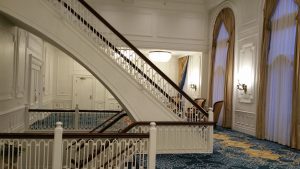
Backed by a group of investors, including the owner of the Willard Hotel, 330 new rooms were added, as was a Grand Ballroom and Edwardian and Rococo touches, including faux marble columns. In May 1907 the new hotel debuted, and proved every bit as popular as the original. It hosted several presidents, including the rotund Taft and both Roosevelts. In an attempt to one up the Peabody in Memphis, who featured ducks in their fountains, live alligators were added to the lobby, which oddly delighted guests. Alas, the outbreak of World War II saw big changes at the hotel. Now under government contract, many of the opulent features were removed, including the stained glass skylights, and the hotel housed transient military recruits. Before the war ended, fire once again damaged the grand hotel.
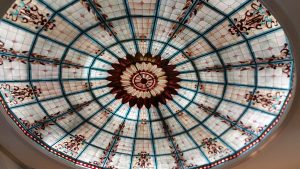
The hotel was repaired following the war, but changing tastes lead to a decline in business. However, not before it hosted Elvis Presley, who delighted the ladies by eating in the hotel’s coffee shop. Rumor has it he had eggs over easy and home fries. Nevertheless, by 1980 the hotel was shuttered, occasionally acting as a movie set; it was during this time that My Dinner With Andre was filmed in the hotel’s ballroom.
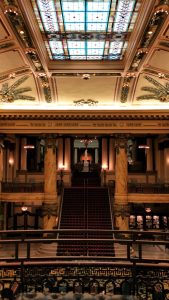
But tastes are cyclical, and everything old is new again; by 1983 the hotel was once again being renovated. An extensive, $34 million dollar renovation and restoration to be exact, which not only restored, but modernized. The stained glass windows returned, and original furnishings and art were retrieved from the basement. Slowly, the property was returned to its gilded glory.
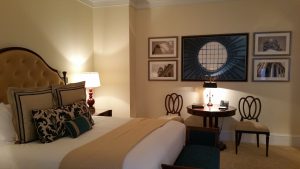
Although the hotel has had several different owners since then, they have all done a wonderful job of updating the hotel, while retaining its original character. It has been awarded Mobil’s Five Star award, honored as a AAA Five Diamond award winner, and recognized by Forbes as the Best Hotel in America. The hotel’s 181 rooms were completely renovated in 2013, and it shows. The bedding is divine, and the marble bathrooms with large steam showers and soaking tubs are downright luxurious. To top it off, each room has a Nespresso machine, complete with impossibly cute cups.
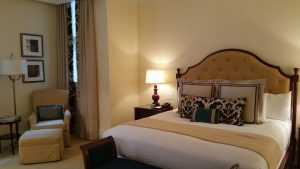
The hotel is also home of Richmond’s top rated restaurant, Lemaire, and a great lobby bar. It has it all. Admittedly, the experience does not come cheap, but neither does renovating and restoring such a magnificent property. If for nothing else, stop by for happy hour, which is surprisingly reasonable, and relax in the lobby or the palm court. Either one. They are both stunning. It is certainly something you will not soon forget.
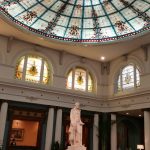

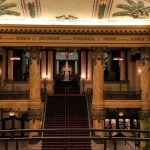
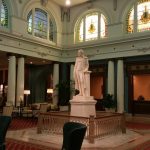
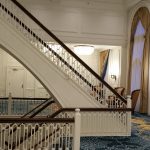

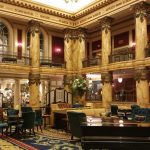
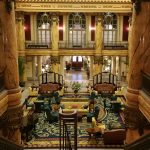
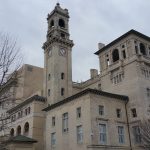
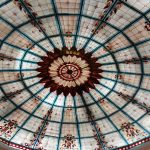


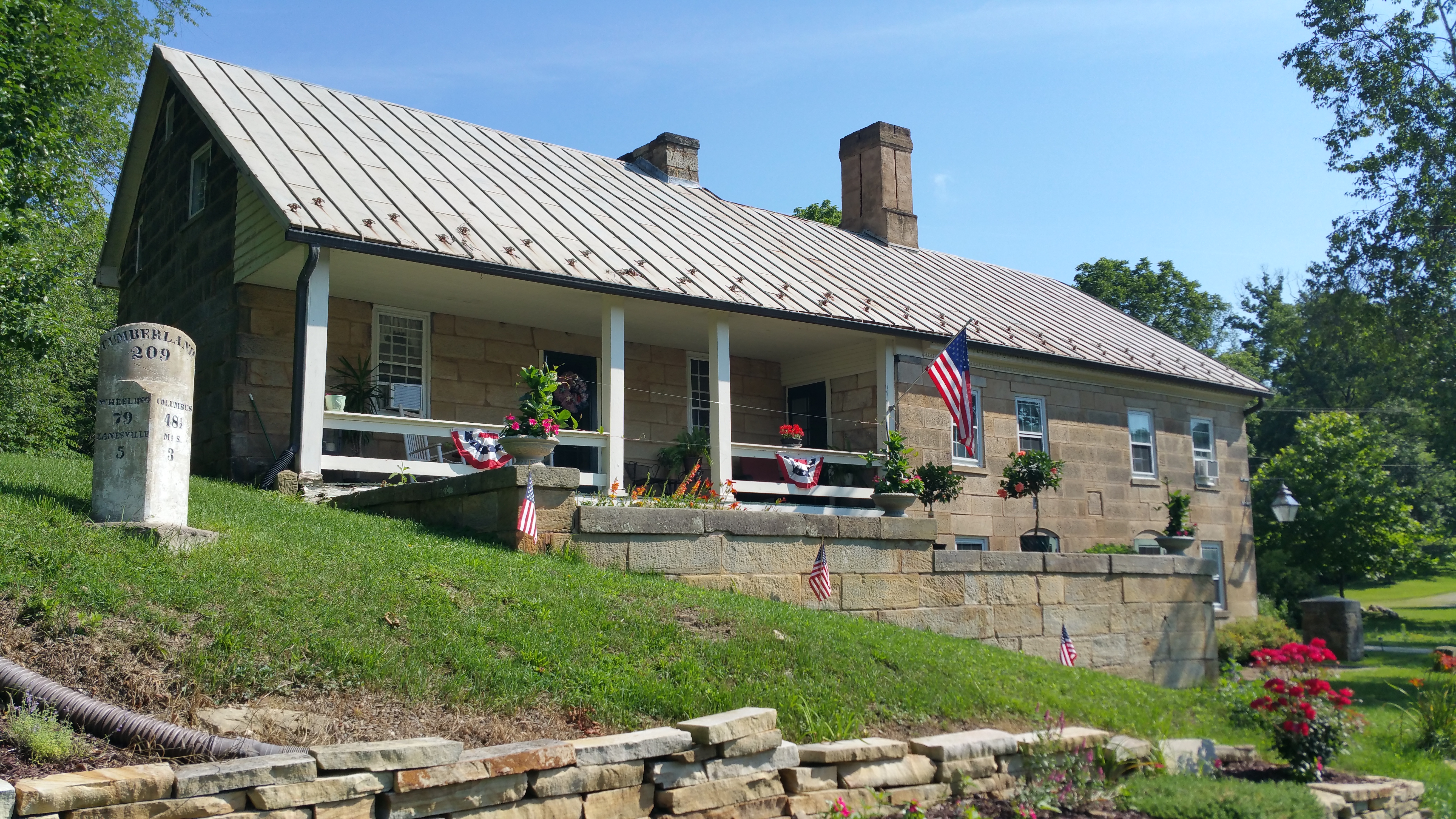

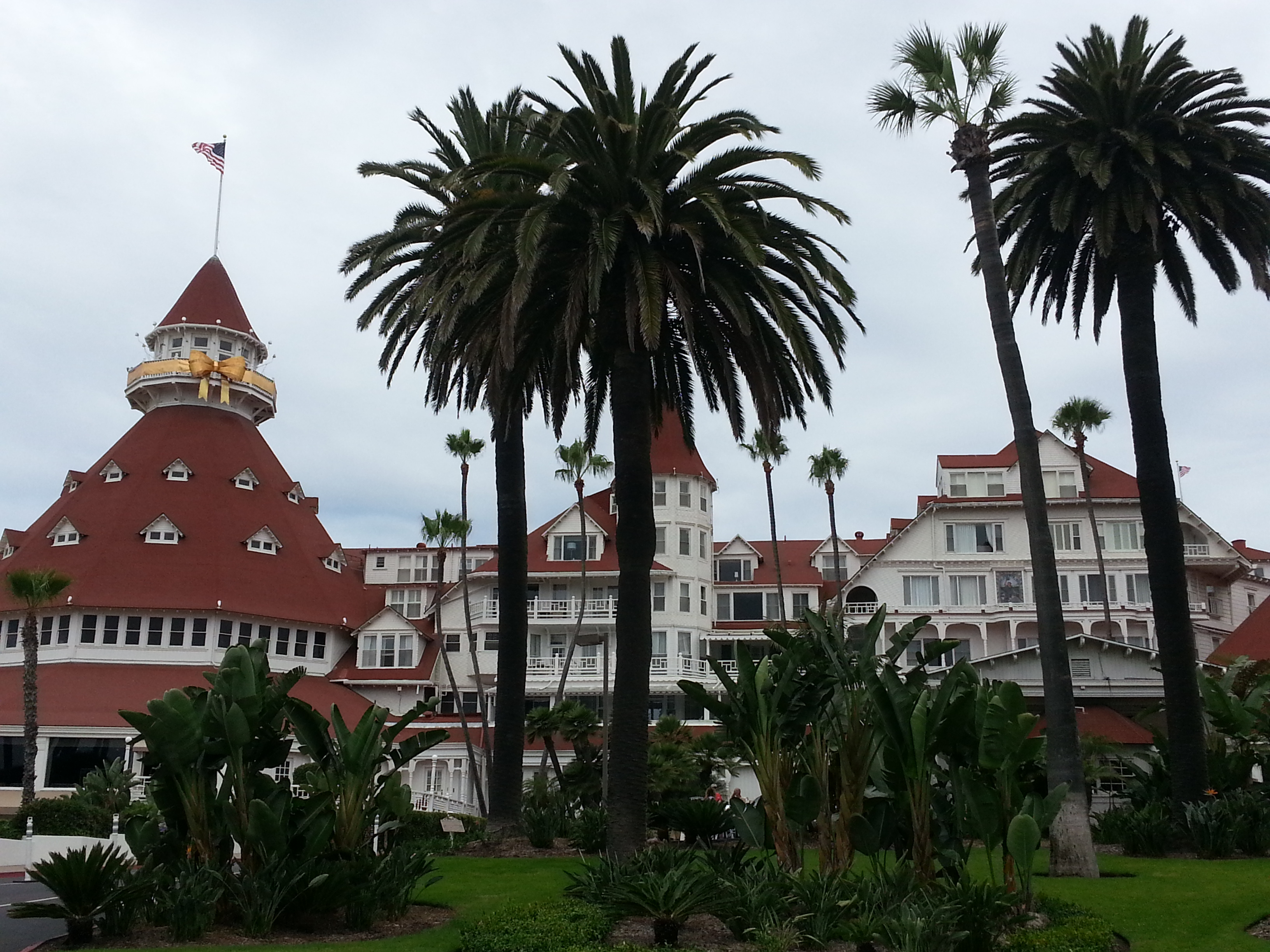
One Comment
Pingback: